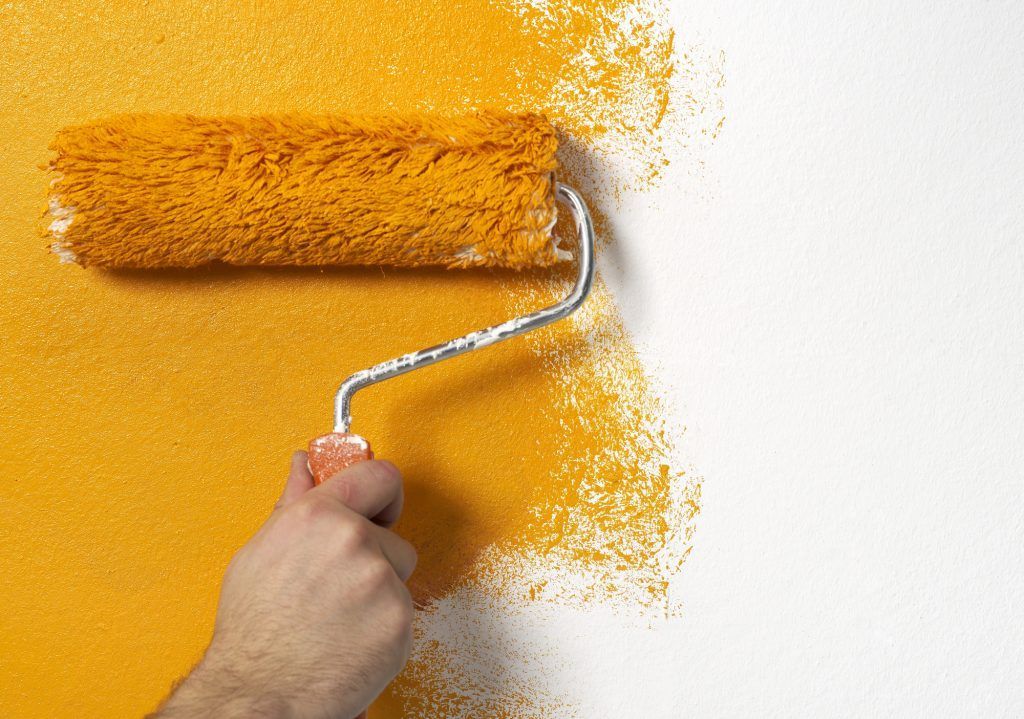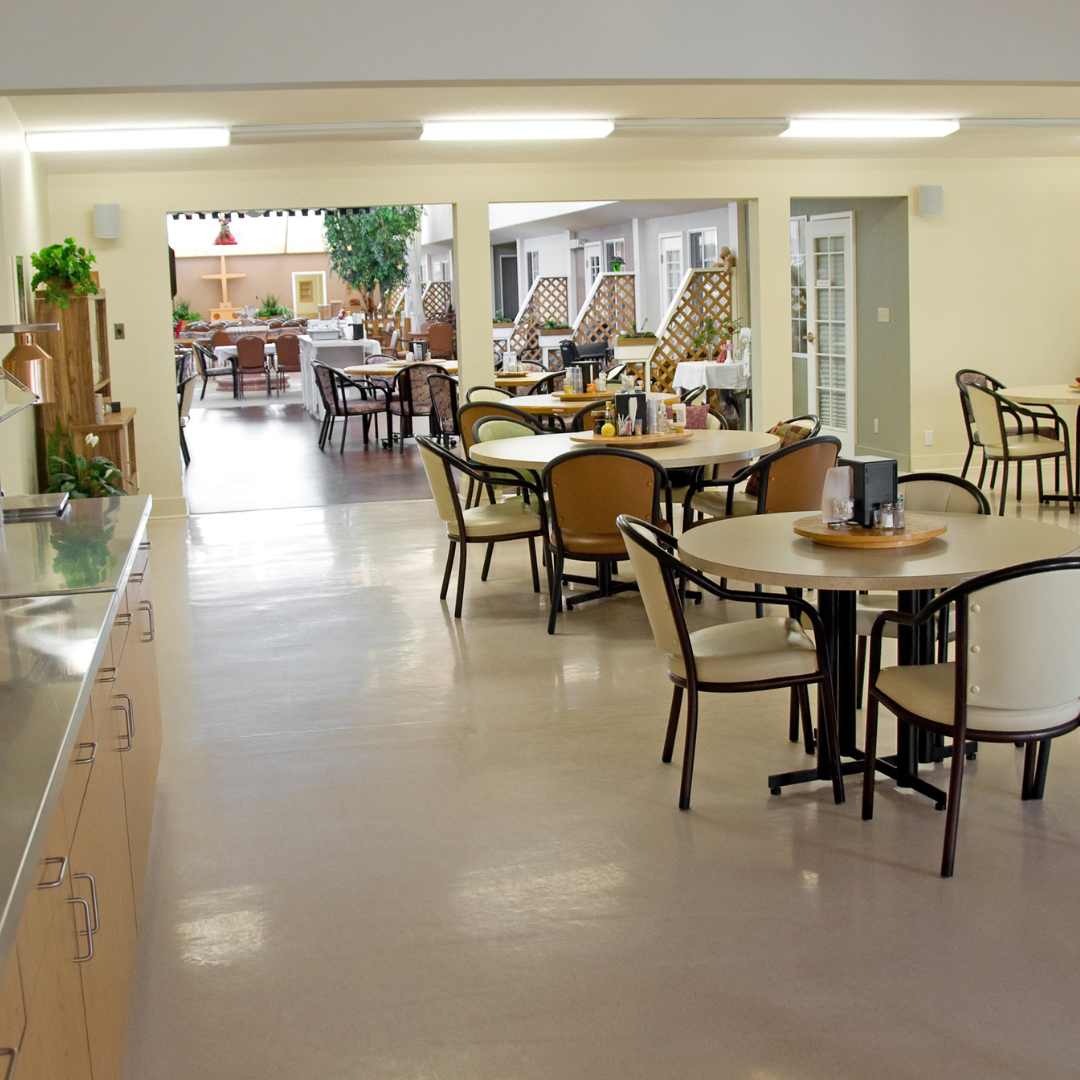Celebrating over 30 years
How to Clean a Painted Deck: Maintenance Made Easy
Everybody loves a clean, painted deck, but not everybody likes the process of getting it there… Things don't always go as planned, right? Today, let’s dig into some tips and tools you need to finally tackle that dirty deck because, well, let’s be honest: it's not going anywhere on its own!
Tools and Materials Needed
- Broom
- Hose
- Bucket
- Soft-bristle scrub brush
- Mild detergent or specialized deck cleaner
- White vinegar (optional for a natural cleaner)
- Safety gloves
Understanding Your Painted Deck
Before diving into the cleaning process, it’s important to understand the type of paint used on your deck. Most decks are painted with either latex or oil-based paint. Latex paint is water-based, easier to clean, and more environmentally friendly, while oil-based paint is more durable and resistant to wear and tear.
It's important to check that the cleaner you apply is safe and effective on the type of finish you have. This information is usually found on the label but you can also ask associates at your local home improvement store.
Preparation for Cleaning
- Inspect the Deck: Start by inspecting your deck for any damage or peeling paint. Address these issues before cleaning so that minor chips or peeling areas don't worsen and turn into bigger issues.
- Remove Furniture and Debris: Clear the deck of any furniture, planters, or other items. This will give you a clean, unobstructed surface to work on.
- Sweep Thoroughly: Use a broom to sweep away loose dirt, leaves, and debris. This step is crucial to prevent scratching the paint during the cleaning process.
Cleaning Process
- Mix the Cleaning Solution: Start by filling a bucket with warm water and add a few squirts of mild detergent. Stir the solution until it is well-mixed and sudsy. If you prefer a natural cleaner, mix one cup of white vinegar with a gallon of water. This mixture is effective at cutting through dirt and grime without being harsh on the paint.
- Apply the Solution: Use a garden hose to wet the deck thoroughly before applying the cleaning solution. This helps to loosen surface dirt and prepares the deck for a deeper clean. Working in small sections, apply the cleaning solution evenly across the deck. You can use a mop or a large sponge to spread the solution, ensuring it reaches all corners and crevices.
- Scrub the Surface: With the cleaning solution applied, take a soft-bristle scrub brush and begin scrubbing the deck. Focus on small areas at a time to make sure you get everywhere and pay extra attention to areas with stubborn stains or heavy dirt buildup. Using gentle, circular motions will help lift the grime without damaging the paint.
- Rinse Thoroughly: After scrubbing the entire deck, it's important to rinse off all the cleaning solution. Use the hose to wash away the soap, starting from one end and working your way to the other. Make sure to rinse multiple times to ensure no soap residue is left behind, as it can make the deck slippery and attract dirt. Check for any remaining soapy areas and rinse again if needed to achieve a completely clean surface.
Why Cleaning Your Painted Deck is Important
You may be wondering, “Is cleaning my deck really necessary?” Who needs more tasks on the calendar, right? But deck cleaning is about more than just aesthetics. Dirt and grime left on painted surfaces for a long period of time can actually lead to a quicker degradation of the paint itself. This causes premature chipping and peeling, exposing the wood to the elements.
What’s Your Takeaway?
By following these guidelines, you can keep your painted deck looking beautiful and well-maintained for years to come. And remember, regular cleaning and maintenance not only enhances the appearance of your outdoor space but also protects your property investment. Happy cleaning!
Frequently Asked Questions
Q: How often should I clean my painted deck?
A: Cleaning your painted deck twice a year—typically in the spring and fall—will help maintain its appearance and longevity. Additionally, spot cleaning as needed can keep it looking fresh.
Q: What should I do if the paint starts to peel? A: If you notice peeling paint, it's best to address it promptly. Sand the affected area, remove loose paint, and apply a primer before repainting. This will help prevent further peeling and protect the underlying wood.
Q: Are there any homemade cleaning solutions that work well? A: Yes, a simple and effective homemade solution is a mixture of one cup of white vinegar with a gallon of water. This natural cleaner is gentle on the paint and effective at removing dirt and mildew.

FITZPATRICK PAINTING & CONSTRUCTION
IS CELEBRATING OVER 30 YEARS IN BUSINESS!
By using our website, you consent to our Cookie Policy, Privacy Policy, and Terms Of Service / Use.
All content Copyright © 2025 Fitzpatrick Painting & Construction Inc. Website by smallbee.com












